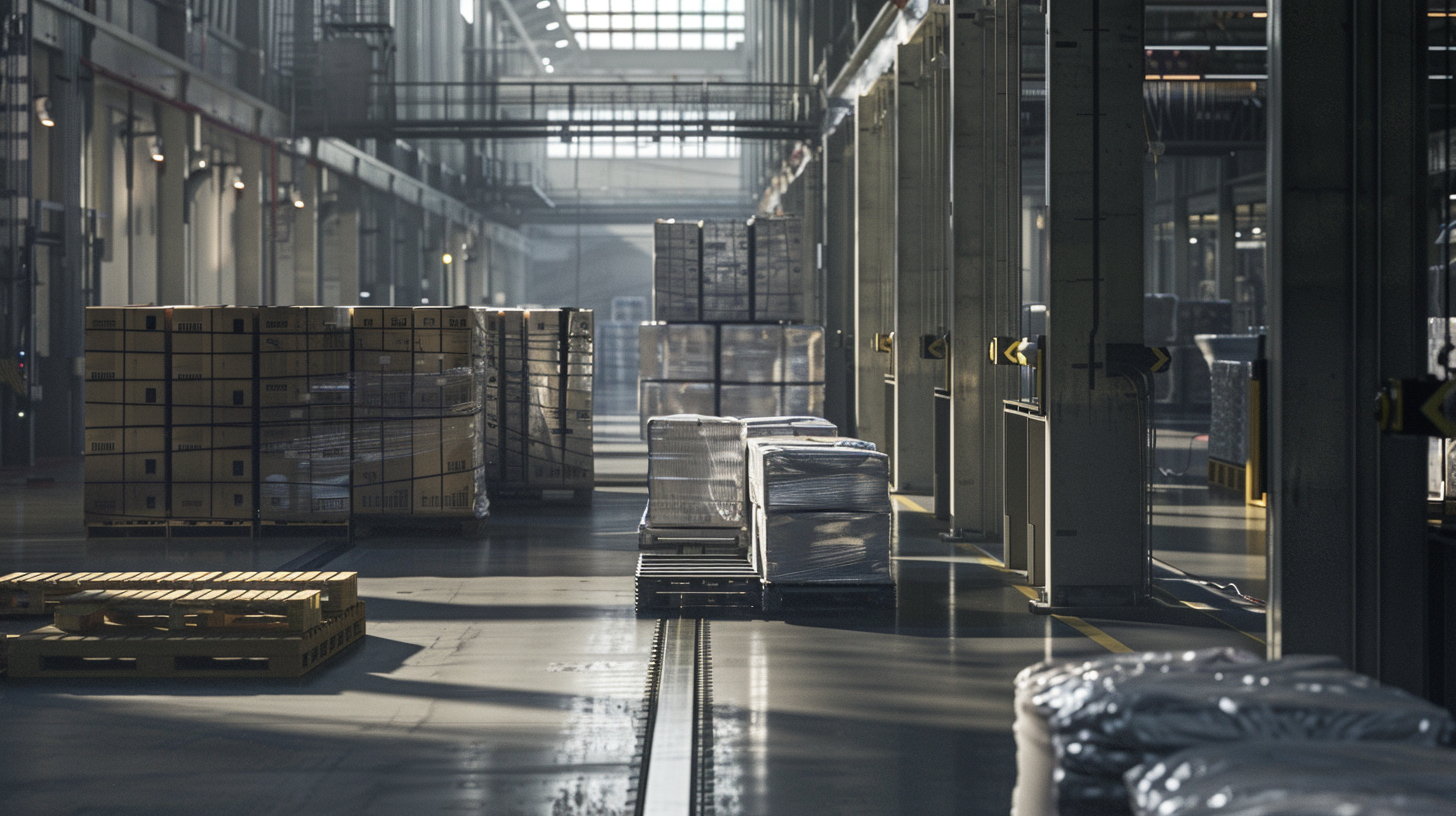Some strapping equipment to secure loads

Securing loads efficiently depends on using the right strapping materials and tools. Whether you need paper strapping bands for lightweight packages or robust textile bands for heavy loads, this guide will help you select the optimal solution. Discover the diverse types of strapping materials and essential tools for ensuring your cargo's safety and stability during transport. Embrace streamlined logistics with the best strapping methods tailored to your specific needs.
Different types of strapping materials
There are different types of strapping materiel to secure a load during its transportation. Here are the most popular of them.
A lire en complément : What Techniques Maximize the Shelf-Life of Artisanal Cheeses in the UK Market?
Paper strapping bands for lightweight packages and short-term transport
Paper strapping bands are composed of 95% kraft paper and 5% plant-based glue, making them an environmentally friendly option. They are ideal for securing lightweight packages and internal loads for short-term transport. These bands can be used with common strapping devices or manually, offering flexibility and ease of use. You could discover this kind of strapping bands by visiting https://www.lacroixnoble.fr/en/category_product/straps/ a specialised site.
Plastic strapping bands (PP and PET): characteristics and uses
PP (Polypropylene) strapping bands are suitable for light palletized goods or short-term storage. They are flexible and slightly stretchable, accommodating volume changes in packages. PP bands can be welded using machines or closed manually with metal sleeves or plastic loops. PET (Polyethylene Terephthalate) bands offer high tear resistance and stability, making them ideal for heavy, non-sharp-edged loads. PET retains tension over long periods and is highly recyclable.
A lire également : How to Implement a Successful Omnichannel Strategy for UK Specialist Book Retailers?
Textile and composite textile strapping bands for heavy loads
Textile strapping bands are made from polyester, providing strength and flexibility, ideal for heavy loads. Composite textile bands feature plastic-coated polyester fibers, offering high tear resistance and edge protection. These bands are robust, withstand weather changes, and protect sensitive edges.
Key strapping tools and equipment
To proper use a stapper, one need to use certain tools and equipment.
Manual tensioners and automatic strapping machines: features and benefits
Manual tensioners are essential for stretching and cutting straps, providing a cost-effective solution for smaller operations. They offer precise control over tension, ensuring secure packaging. On the other hand, automatic strapping machines streamline the process by automatically tensioning, sealing, and cutting the straps, significantly enhancing efficiency and reducing physical strain on workers.
Strapping seals and buckles for secure closures
Strapping seals and buckles are vital for maintaining the integrity of strapped loads. Metal seals are commonly used with steel straps for heavy-duty applications, while plastic buckles are ideal for lighter loads. These closures ensure that the strapping remains tight and secure during transit, preventing load shifts and potential damage.
Ergonomic dispensers for different types of strapping materials
Ergonomic dispensers are designed to improve the efficiency and safety of handling various strapping materials. These dispensers reduce physical strain and increase productivity by allowing easy and quick access to strapping bands. They are available for all types of materials, including paper, plastic, and textile bands.
Choosing the right strapping solution for your needs
Selecting the appropriate strapping solution depends on several factors:
- Product type: Fragile items may benefit from textile strapping for extra cushioning, while heavy loads might require steel strapping for maximum strength.
- Tension required: Evaluate the tension needed to secure your cargo. PET strapping is ideal for maintaining long-term tension, whereas PP strapping is suitable for lighter, short-term applications.
- Equipment availability: Manual tensioners are cost-effective for low-volume operations. For high-volume needs, consider automatic strapping machines to enhance efficiency and reduce worker fatigue.
Cost considerations
- Low-volume packaging: Manual tools and paper strapping are economical options.
- High-volume packaging: Automated systems and durable materials like PET or steel strapping may have higher upfront costs but offer long-term savings through increased efficiency and reduced damage risks.
Safety and efficiency improvements
Automated strapping tools not only speed up the process but also enhance safety by reducing repetitive strain injuries. Investing in these tools can lead to significant productivity gains and better load security.
